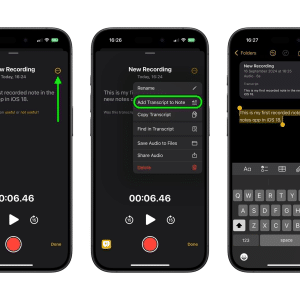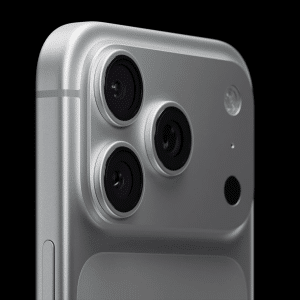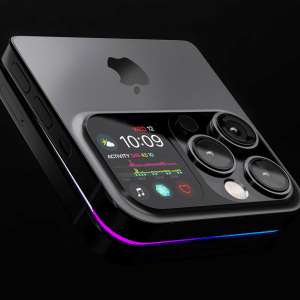As technology becomes more and more advanced, so do the hacking methods that could threaten the software in computers, phones and even cars and airplanes.
The U.S. Department of Defense has recently invested in more protection of their Android smartphones, and the department has turned to an Ames company for help.
EnSoft Corp., an Ames-based company developing tools to better handle software, has been helping the department since 2012 and recently completed the first phase of their project.
Suraj Kothari, Iowa State professor in electrical and computer engineering and founder of EnSoft Corp., compared his team’s product, which takes a closer look at the software behind smartphone applications, to the work surgeons do with an MRI machine.
“You need an MRI machine if you have something complex so similarly, what EnSoft is doing is kind of building an MRI for software that enables you to look inside the software to see its internals,” he said.
EnSoft, which started in the Iowa State Research Park in 2002, has provided ts products to North America, Asia and Europe, and has worked with companies ranging from major automobile manufacturers to John Deere, Caterpillar and Boeing. The group originally started working with control systems in cars and airplanes, but started using its technology to look at security problems in 2012. Kothari said the Department of Defense project started with three developers and has since expanded to two postdoctoral workers, one full-time research scientist, three graduate students and three to four undergraduate students.
Since Kothari first started working in the field decades ago, he said he has seen security breaches become more complex with the growing technology in “hidden computers.”
“There are computers we can see, but there are many others like cellphones have a computer, your car has a computer, printers have a computer,” he said. “Now the attacks the Department of Defense is worried about is these hidden computers, embedded systems, are going to be hacked and the consequences will be catastrophic.”
While Kothari said no major catastrophe has happened yet, he said there are possibilities like hacking into a nuclear reactor or hacking into a car with Internet access and electronic controls. Kothari noted a new F-35 airplane, which is run on 24 million lines of code, as one object that his company’s product could help. With “such a complex code in that plane,” Kothari said his product can analyze large pieces of code like the F-35’s, making it easier to understand the code if something goes wrong.
As more and more large objects become more dependent on software, Kothari said the idea of smart devices becoming “the way of life” has its pros and cons.
“That’s very important for our modern life but at the same time, we are building software the way Egyptians built the pyramids. We’re building this huge software, but now we need techniques,” he said. “In order to protect the Internet, they need to create this technology to model and analyze software.”













